She was Adeline Virginia Stephen, then. Signing her letter “AVS”, in August 1907 the 25-year-old who became Virginia Woolf complained to her friend Lady Robert Cecil: “The effort it is to write… I feel like one rolled at the bottom of a green flood, smoothed, obliterated, how should my pockets still be full of words?” Long before the masterpieces that would make her name, she was working on a series of literary exercises. These attempted to remold the biographical form into one that could encompass and celebrate the lives, not of famous men, but of unfamous women and combine what she called the granite and rainbow of “life-writing”: stony fact and iridescent fantasy.
Her letter continues:
If you keep The Life, or Myth, don’t quote it – see my vanity! and don’t show it: I can’t remember now how bad it is; but I know it will have to be rewritten in six months; and I shan’t do it; and I don’t want immaturities, things torn out of time, preserved, unless in some strong casket, with one key only.
“The Life, or Myth” was a whimsically serious trio of stories intended as a mock-biography of Violet Dickinson, and published here for the first time in a standalone volume. Wealthy and unmarried, Dickinson was a fixture in Woolf’s early life and their relationship, whether consummated or not, had an erotic intimacy. “It is astonishing what depths,” Woolf told her, “what volcano depths – your finger has stirred.” But Woolf – who was 13 when her mother died – wanted a mentor as well as a lover. Dickinson nursed Woolf through a bout of suicidal depression in summer 1904 and introduced her to influential critics and editors, setting her on the path to a career as a literary journalist. The thousands of monographs on Woolf’s work, dutifully recording her “stream of consciousness” technique, are often inattentive to her wit, her mischief, her playfulness. Like Flush, her biography of Elizabeth Barrett Browning’s spaniel, or Freshwater, her comic play about the photographer Julia Margaret Cameron, the three stories in The Life of Violet are funny. They are also, delightfully, very silly. And, perhaps most of all, they are sexy, something Woolf was more than capable of being.
A new Woolf typescript is cause for celebration. Two cheers for Seshagiri. But this new edition is a weak casket
Enjoyable in their own right, they are also of interest as an embryonic Orlando, the novel-biography (or biographic novel) in which, some 20 years later, she chronicled the life of one for whom the boundaries of gender or time mean nothing. Her model there was Vita Sackville-West, by whose long shadow Dickinson has been all but obliterated in the study of those tall women (both over six feet) to whom Woolf gave her heart. To write the life of a lover was, for Woolf, an expression of love.
The Life of Violet consists of two “biographical” stories and a third that modulates into magic or dream. Woolf begins at the beginning, with “Friendships Gallery”: “Forty years ago, our sincerity does her credit, a child was born in a Somersetshire manor house… as tall as the tallest hollyhock in the garden before she was eight.” The central story, “The Magic Garden,” whisks Violet to a country house and the third poses as an English translation of a Japanese myth told to children at bedtime. “Mine,” Woolf writes, in the guise of a down-at-heel biographer, “is but the English version, and all the delicate rose pinks and silvers are rubbed off it, as a schoolboy’s thumb will obliterate the wing of a Peach Blossom Moth.”
In the last story Violet has become a giantess who arrives not on horseback but whaleback, imbued with healing powers in a land where it snows sugared almonds and laburnum trees drip with gold and sea monsters are to be slaughtered at sunrise. It is a curious fairytale tailpiece, with the stories and preoccupations of Angela Carter or A.S. Byatt in its rear-view mirror.
All this may rile those inclined to believe Woolf affected and high-flown; the prose exists on a dangerous cusp between preciousness and preciosity. But these stories were not meant to be seen except by the smallest circle of friends and should be read indulgently. They were typed in violet ink and bound in violet leather before being presented to Dickinson. This typescript, thought for decades the only copy and dismissed by Woolf’s husband Leonard as unworthy of publication, is now in the New York Public Library.
Her suicide by drowning has too often obliterated her wit, her zest for the life to which she refused to cling
Urmila Seshagiri, a professor at the University of Tennessee, has found another, filed under “Stephen,” where no scholar had thought to check, and stored in the archives of Longleat House, a stately home in Wiltshire, England, which boasts a safari park within its grounds. (There is something lovely about an unknown Woolf typescript being guarded by giraffes, wildebeests and, in the monkey temple, marmosets. In 1934, Woolf’s husband, Leonard, inherited from a friend a sickly marmoset called Mitz that the couple kept as a pet.) This book reprints the new text, publishing the stories in their “final, revised form and for the first time.”
A new Woolf typescript is cause for celebration. Two cheers for Seshagiri. But this new edition is a weak casket. The changes and edits found in the Longleat typescript are claimed to be of such significance as to justify the heralding of a “newly published work of fiction,” marketed as a “new book by Virginia Woolf.” Seshagiri lists differences between the two typescripts, but these are mostly the correction of misprints and the removal or addition of commas.
The two most seismic revisions are the replacing of “cried” with “shrieked” and “honors” with “crowns.” Punctuation can of course make a great deal of difference to the tone and tempo of a text, vision sharpened by revision. But Seshagiri admits on the penultimate page what the copyright line had already made clear: this publication is simply a new edition of material that has been available since 1979, when it appeared first in a literary journal and then in the sixth volume of The Essays of Virginia Woolf.
When Seshagiri refers grandly to “my discovery of The Life of Violet,” she means that she found a second typescript of a familiar piece of juvenilia, hitherto known by the title of the first story, “Friendships Gallery.” She tells us, too late, that Woolf herself “never titled the entire work,” dodging the fact that The Life of Violet is her own rechristening, at best presumptuous and at worst confusing, unhelpfully segregating this volume from other studies.
This book costs a whisper under $20, which is cheap given its academic press. But of its 117 pages, just 36 are by Woolf. Another 30 are taken up by an impassioned accompanying essay from Seshagiri, and the remainder is all filler. One early joke in Woolf’s mocking mock-biography is to jibe at the scholar’s need for scholarly apparatus; an appendix is referred to and never appears. Her jeu d’esprit, thumbing its nose at biographical convention, is here weighed down by explanatory notes, textual notes, notes to the afterword, even a note on the typeface (Arno, since you ask). Someone who has shelled out almost $20 for 36 pages of Woolf juvenilia is unlikely to need telling what the words “hollyhock,” “copse,” “mansion” or “Renaissance” mean. Too many of the annotations teach readers how to suck eggs. The project of publishing these 36 pages leads Seshagiri to thank two research assistants and, for financial support, ten institutions or foundations.
So much for the inflated claims of this publication. A more convincing raison d’être is to allow another and more serious look at these early and charming stories, which, not yet included in editions of Woolf’s short fiction, should now reach a wider audience, assuming readers are not put off by the jacket design, which would be better suited to a shower curtain. Woolf did not want “immaturities” preserved, but one value of juvenilia is to help the reader develop an eye and ear for what will follow. The stories are sown with words that Woolf stowed away for great stretches of time. In the third tale she writes, innocuously, “the sun had not yet risen”; the simple pregnant phrase reappeared, 24 years later, to open The Waves. In “The Magic Garden” there is a description of a summer afternoon: “You could hear if you listened, either the kiss of the air or the chatter of insects, and suddenly a bird came swooping in a circle, with a little soft chuckle of its own.” The sentence echoed down the decades: from Mrs. Dalloway’s first page (“the kiss of a wave”) or the opening scene of Between the Acts (“a bird chuckled outside”). Violet even describes what pleasure it would be “to have a cottage of one’s own.”
Like all good satires, the Life, or Myth of Violet Dickinson, as fashioned by Virginia Stephen, refuses merely to be a send-up; it builds something new. Mock-heroic, it redefines heroism; a mock-biography, it recalibrates the form. It is a roman à clef, full of sharp pen-portraits of high-society friends and, as with most in-jokes, the nudges and winks are tiresome. But like Flush and Orlando, these stories catch a side of Woolf that has been obscured by a melancholy mist rising from the surface of the River Ouse. Her suicide by drowning has too often obliterated her gregariousness, her wit and her zest for the life to which she refused tenaciously to cling. Floating mirthlessly and Oscar-winningly through The Hours in a putty nose, Nicole Kidman cemented the popular idea of Woolf as a humorless depressive. Here is an early glimmer – a kiss, a chuckle – from the Woolf that matters: the one whose pockets were full of words long before they were full of stones.
This article was originally published in The Spectator’s September 29, 2025 World edition.



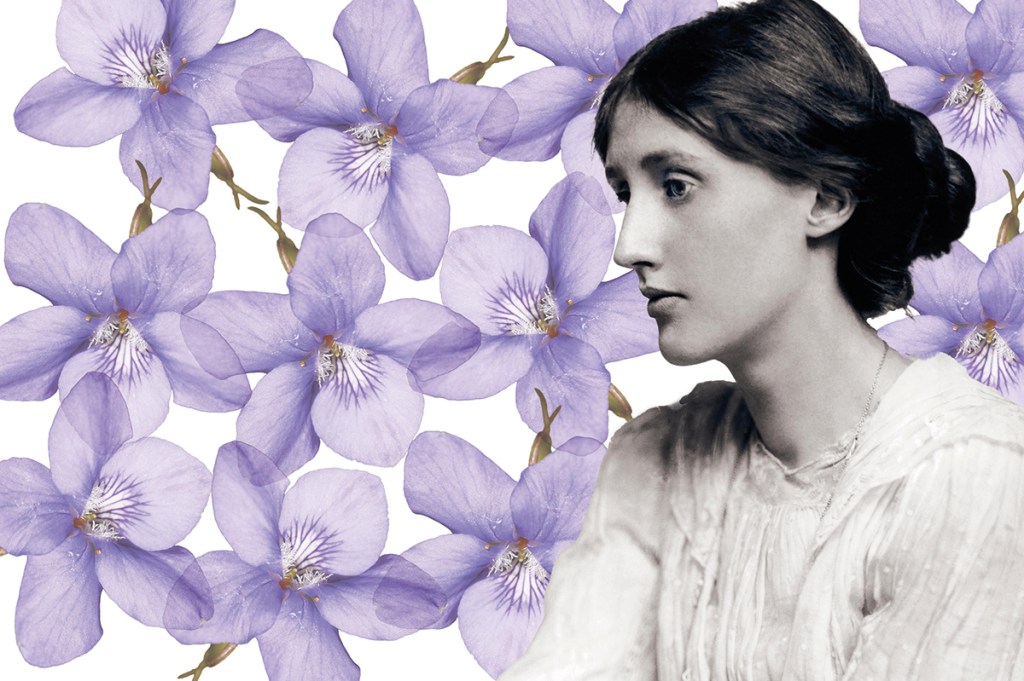






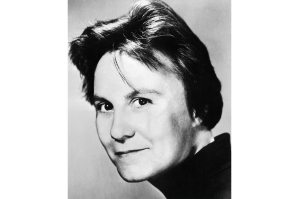

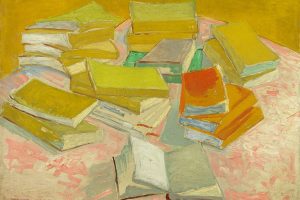


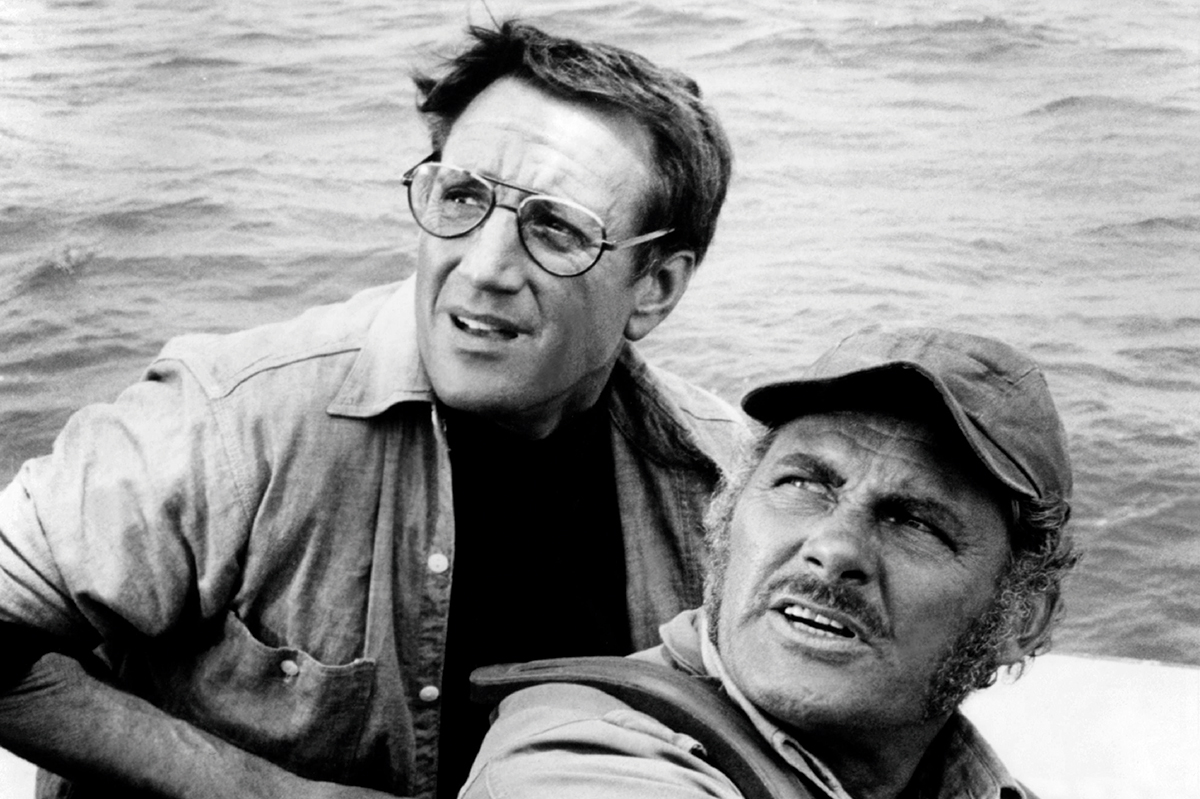

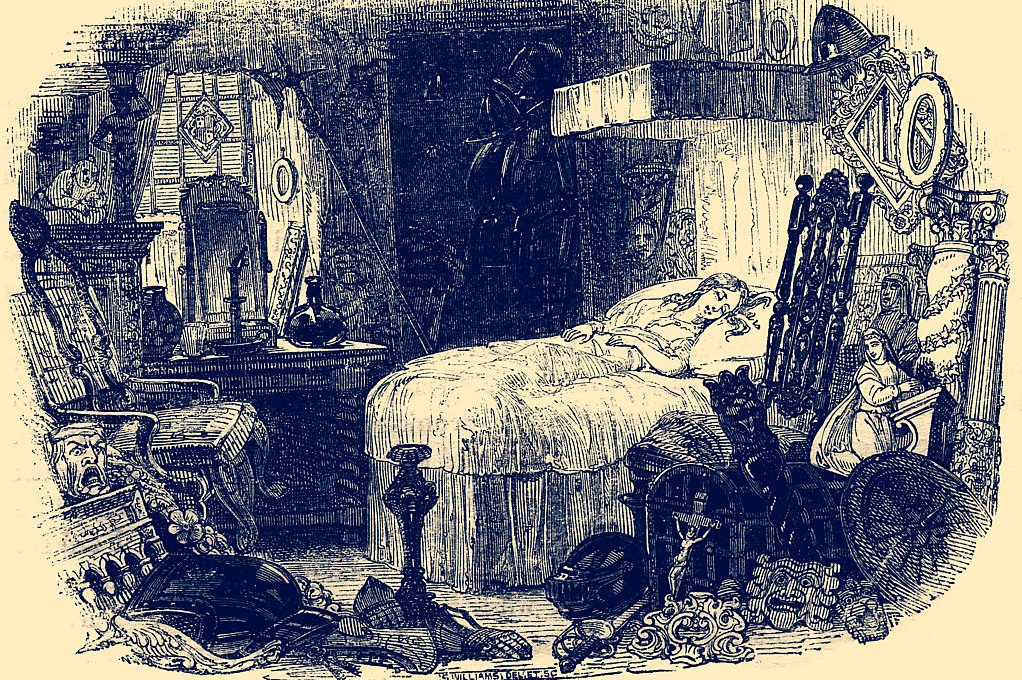








Leave a Reply